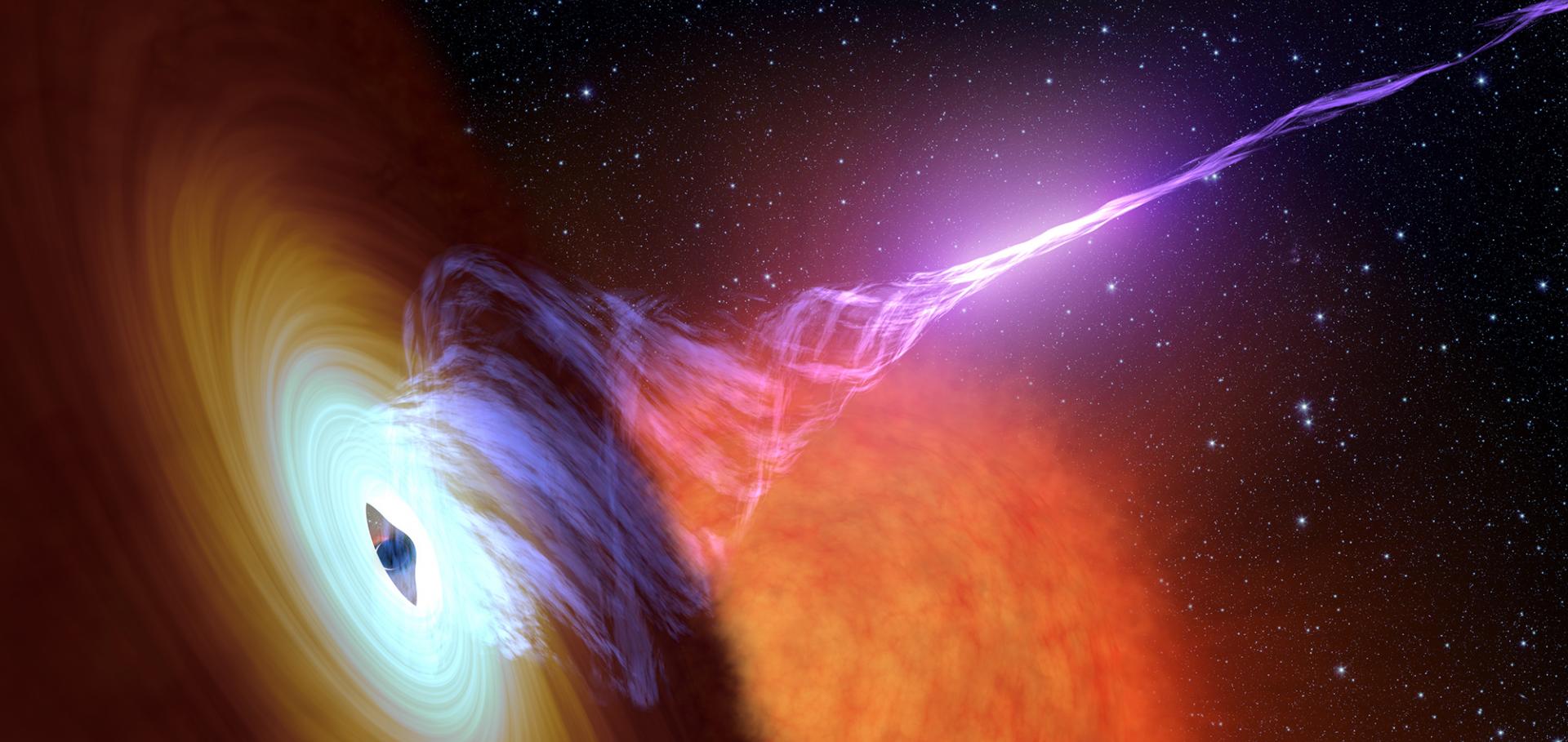Monitoring LMXBs with the faulkes telescopes
International Conference Recent Advances in Natural Language Processing, RANLP (2008)
Abstract:
The Faulkes Telescope Project is an educational and research arm of the Las Cumbres Observatory Global Telescope Network (LCOGTN). It has two 2-metre robotic telescopes, located at Haleakala on Maui (FT North) and Siding Spring in Australia (FT South). It is planned for these telescopes to be complemented by a research network of eighteen 1-metre telescopes, along with an educational network of twenty-eight 0.4-metre telescopes, providing 24 hour coverage of both northern and southern hemispheres. We have been conducting a monitoring project of 13 low-mass X-ray binaries (LMXBs) using FT North since early 2006. The introduction of FT South has allowed us to extend this to monitor a total of 30 LMXBs (see target list, Section 4). New instrumentation will allow us to expand this project to include both infrared wavelengths (z and y band) and spectroscopy. Brighter targets (∼ 16 - 18 mag.) are imaged weekly in V, R and i' bands (SNR ∼ 50), while fainter ones (> 18 mag.) are observed only in i' band (SNR ∼ 20). We alter this cadence in response to our own analysis or Astronomers Telegrams (ATels). © Copyright owned by the author(s) under the terms of the Creative Commons Attribution-NonCommercial- ShareAlike Licence.The disc-jet coupling in Aql X-1
International Conference Recent Advances in Natural Language Processing, RANLP (2008)
Abstract:
We present a multiwavelength analysis of the outbursts from the neutron star X-ray binary Aql X-1. We focus on three outbursts for which quasi-simultaneous data in radio, optical and Xray bands exist. We find evidence that the disc/jet coupling in Aql X-1 is similar to the one documented for black hole X-ray binaries, at least from the point of view of the general behaviour revealed during outbursts. © Copyright owned by the author(s) under the terms of the Creative Commons Attribution-NonCommercial-ShareAlike Licence.X-ray jets from the X-ray binary cir X-1
International Conference Recent Advances in Natural Language Processing, RANLP (2008)
Abstract:
We present the results of the analysis of two Chandra observations of Circinus X-1 performed in 2007, for a total exposure time of ∼50 ks. The source was observed with the High Resolution Camera during a long X-ray low-flux state of the source. Cir X-1 is an accreting neutron-star binary system that exhibits ultra-relativistic arcsec-scale radio jets and an extended arcmin-scale radio nebula. Furthermore, a recent paper has shown an X-ray excess on arcmin-scale prominent on the side of the receding radio jet. In our images we clearly detect X-ray structures both on the side of the receding and the approaching radio jet. The X-ray emission is consistent with being from synchrotron origin. Our detection is consistent with neutron-star binaries being as efficient as black-hole binaries in producing X-ray outflows, despite their shallower gravitational potential. © Copyright owned by the author(s) under the terms of the Creative Commons Attribution-NonCommercial-ShareAlike Licence.An anti-correlation between X-ray luminosity and H-alpha equivalent width in X-ray binaries
(2008)


